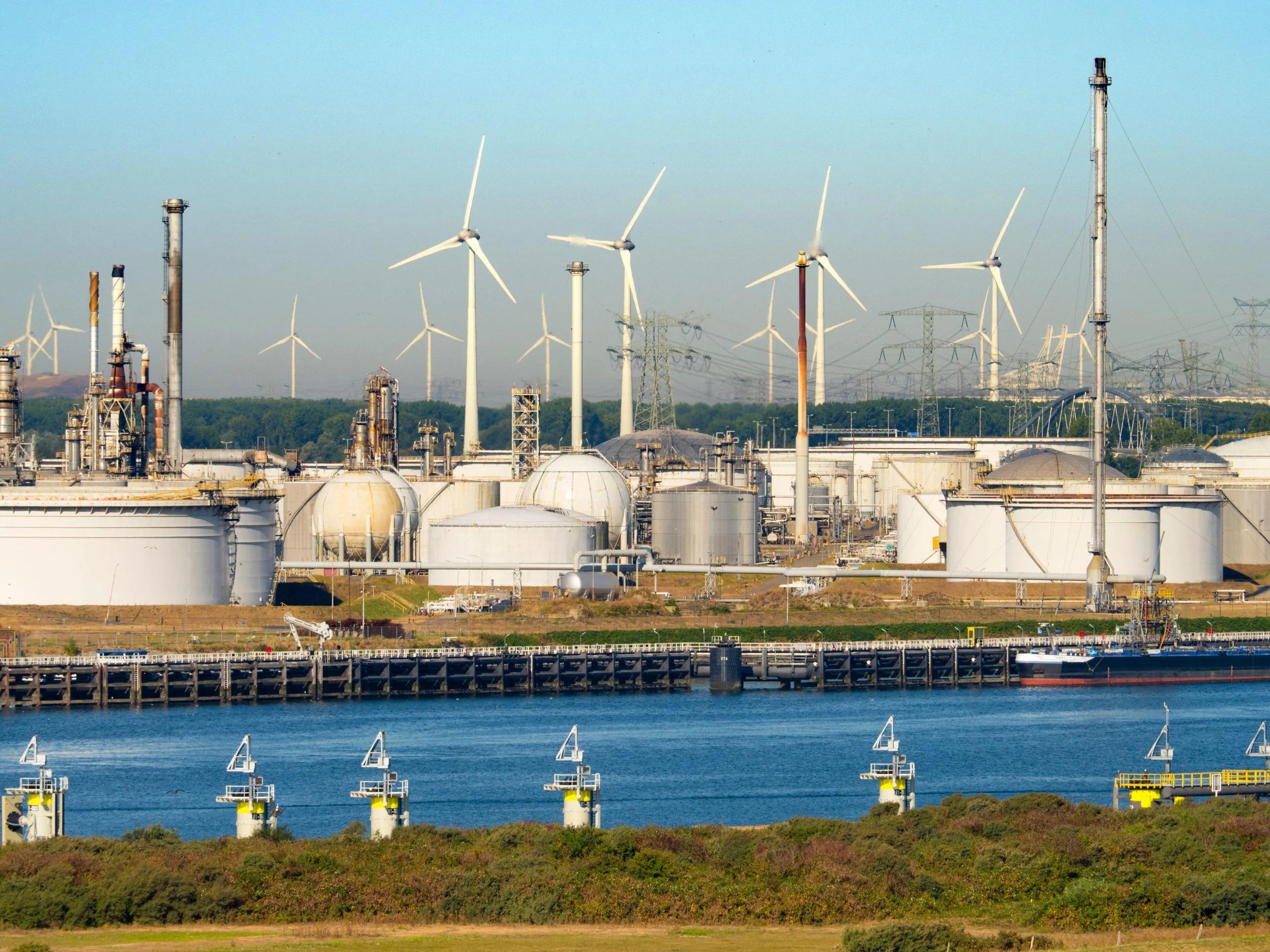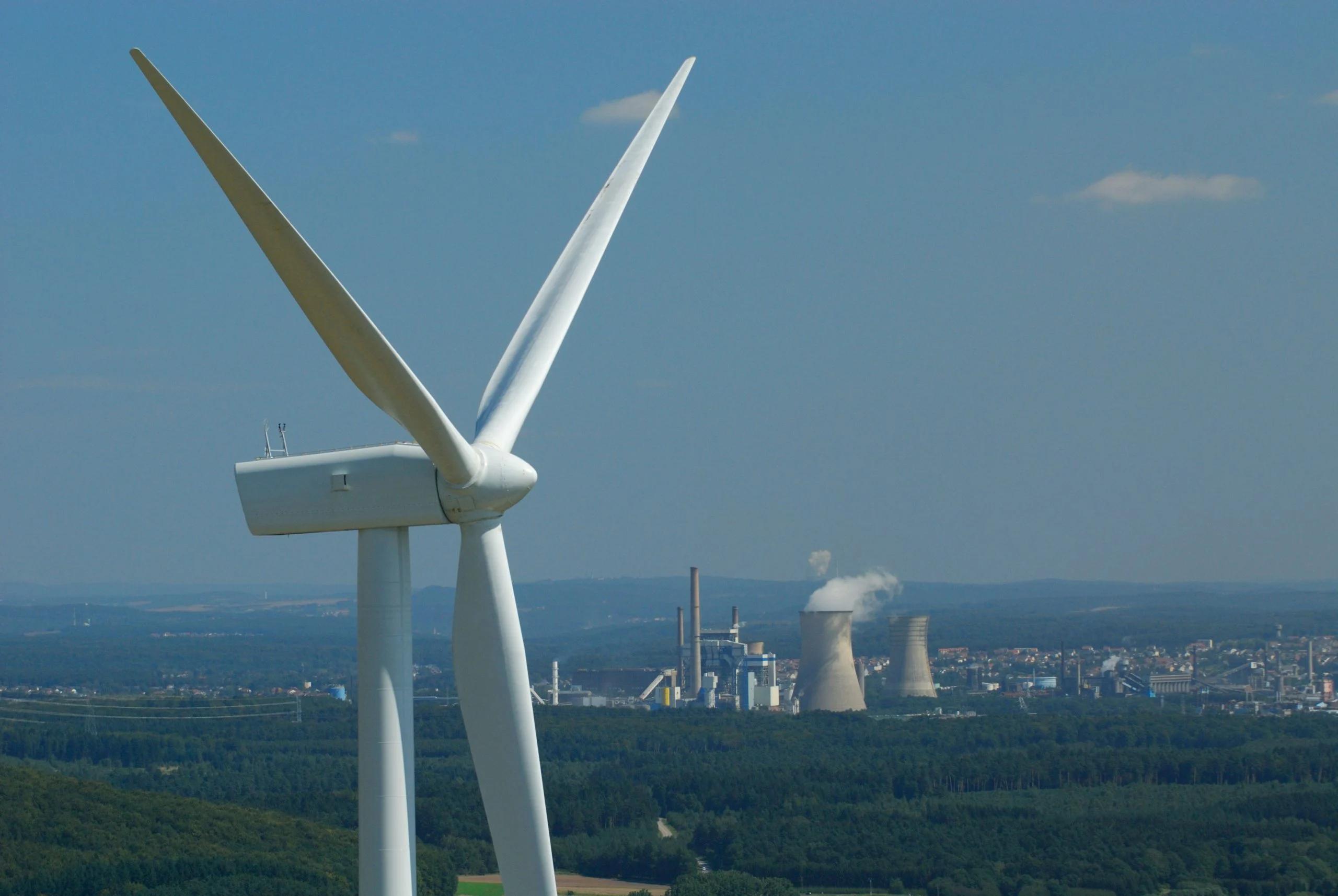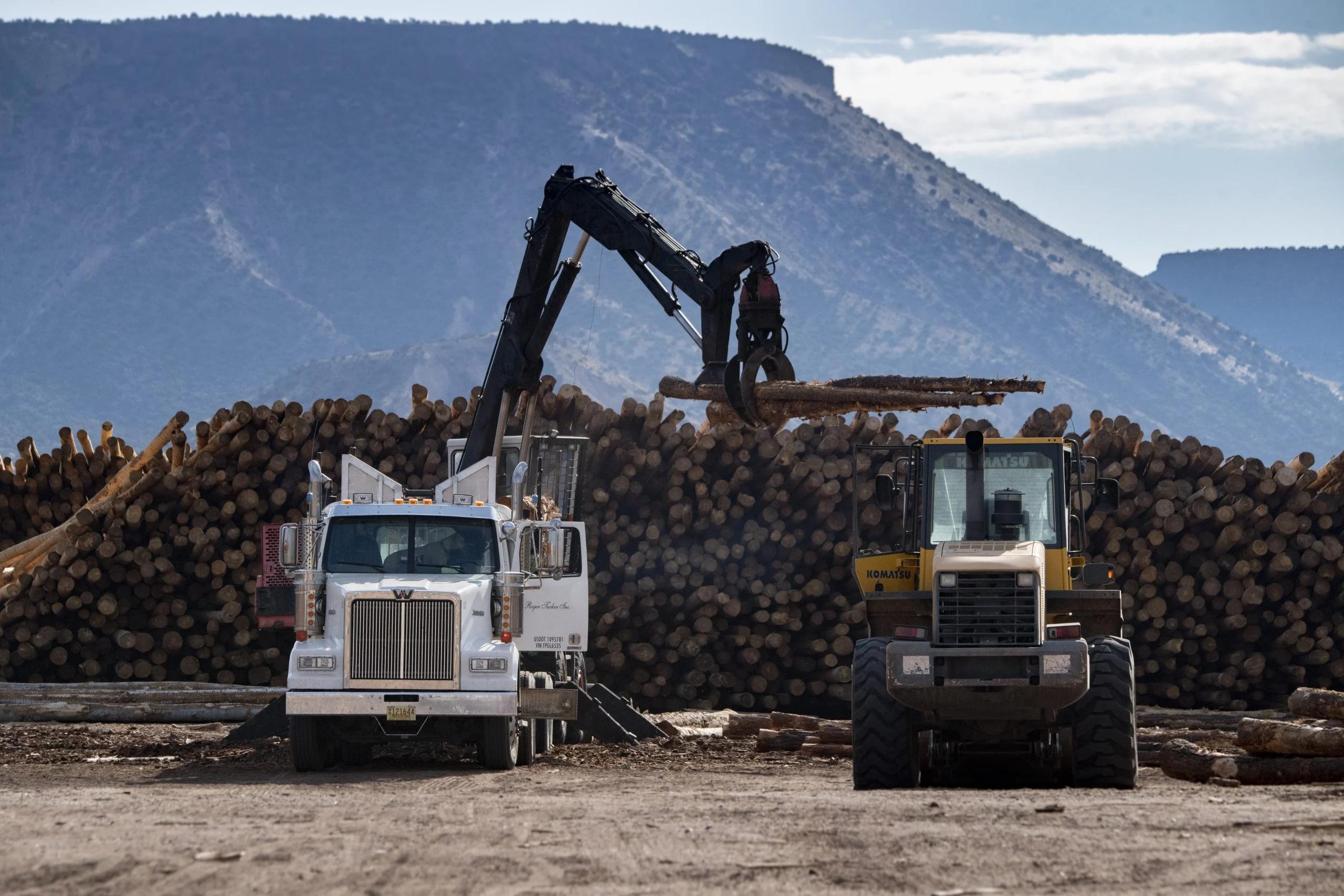The problem with Germany’s current emission factor
Germany uses a single emission factor, measured in 1989, to calculate the methane emissions from all of its lignite coal mining operations throughout the country. This single emission factor lacks verification, is significantly different to lignite coal measured in Poland, and does not take into account methane emissions from surrounding strata. Here we highlight why the emission factor used by Germany is not adequate for estimating its coal mine methane emissions.
Inadequacy of single emission factor
A single emissions factor is insufficient for estimating surface coal mine emissions because the methane intensity of coal mined is not constant in time. Methane emissions are affected by factors such as the mines’ location, depth, and change in the permeability of coal seams as overburden is removed. This level of variability is not captured with a single emission factor.
However, Germany currently relies on a single emission factor, based on a 1989 study by Rheinbraun AG, a lignite mining company. The German Lignite Industry (DEBRIV) states that methane content from borehole samples was measured, ranging from 0.00 m3/t to 0.05 m3/t, and that the average methane content was 0.015 m3/t.
Single emissions factors are not an appropriate starting point for effective methane measurement or management at surface mines. Awareness of this issue is increasing in other countries that mine coal. For example, this has also been highlighted by the Australian Climate Change Authority, who have called for a review “with respect to sampling requirements and standards estimation methodologies for fugitive methane emissions” when applied to surface coal mines “as a matter of urgency”.
40-100 times lower than lignite coal from Poland
Ember analysed the methane emission factor reported by Germany, and compared it to in-situ gas content, and depth measured from lignite samples in Europe (data was available for Poland and Greece, see data here).
Germany considers its lignite coal to be comparable to that from Poland, as stated in the National Inventory Report (NIR), and confirmed by Betzenbichler et al. in 2016.
No entanto, a Alemanha avalia o teor de metano de seu carvão como significativamente menor. Dependendo da profundidade da amostra de carvão, o fator de emissão da Alemanha está entre 40 a 100 vezes menor que as medições in situ de linhita polonesa.
Em geral, a intensidade do metano de uma mina aumentará em relação à profundidade do carvão extraído. Embora existam exceções a essa regra, pois a intensidade do metano do carvão pode variar significativamente entre regiões, bacias e minas de carvão. O fator de emissão da Alemanha não leva em consideração variações de profundidade ou variações na geologia do carvão em todo o país. Na Polônia, a bacia de carvão da Silésia superior cobre uma área menor que 2% do tamanho da Alemanha, mas o teor de metano varia significativamente tanto vertical quanto horizontalmente. Somente em costuras rasas, o teor de metano pode variar de acordo com um fator de 100 (entre 0,01 e 1 m3/t de carvão). (Referenciado no NIR da Alemanha), destaca a mesma preocupação e afirma que, depois de solicitar mais informações do DeBriv, não houve mais atualizações para os dados. As diretrizes do IPCC afirmam “para explicar o metano que migra dos estratos circundantes, o fator de emissões assumido deve ser baseado em variáveis medidas, como conteúdo de gás e características qualitativas, como a permeabilidade”. Sob Burden (U.S. EPA, 2016). não é o caso. Nenhuma das referências fornece informações para determinar a aplicabilidade ou robustez do programa de amostragem geológica utilizada. Informações sobre o número de furos, técnicas de amostragem, profundidade de amostras, porosidade e teor de metano não foram divulgadas publicamente. Campeão
Rhine Basin cannot be assumed to be representative of all of Germany
In-situ gas contents can vary greatly within a country as there is often a large spatial variability of methane content of coals, even within a basin. In Poland, the Upper Silesian coal basin covers an area less than 2% the size of Germany but methane content varies significantly both vertically and horizontally. In shallow seams alone, the methane content can vary by a factor of 100 (between 0.01 and 1 m3/t coal).
This raises the concern that the current emission factor, based only on samples from the Rhine basin, may not be representative for all of Germany’s coal.
The 2016 study by Betzenbichler et al. (referenced within Germany’s NIR), highlights the same concern, and states that after requesting further information from DEBRIV, there were no further updates to the data.
Additional methane from the surrounding strata
During the excavation of coal at a surface mine, the methane within the mined coal seam will be released, as well as methane within the surrounding (unmined) strata. The IPCC guidelines state “To account for the methane that migrates from surrounding strata, the assumed emissions factor should be based on measured variables such as gas content, and qualitative characteristics such as permeability”.
To account for these additional emissions, the U.S. Environmental Protection Agency multiplies coal production by a gas content emission factor and a 150-percent emission factor to account for emissions from over- and under-burden (U.S. EPA, 2016).
There is no indication that Germany has taken into account methane emissions from the surrounding strata within their emission factor estimates.
Emission factor lacks verification
Germany’s National Inventory Report (NIR) claims that secondary references substantiate the findings of the 1989 Rheinbraun AG study, however, this is not the case. None of the references provide information to determine the applicability or robustness of the geological sampling program used. Information on the number of drill holes, sampling techniques, depth of samples, porosity, and methane content have not been publicly disclosed.
For more detail on the references included within the NIR, and why they do not substantiate the emission factor, see the Supporting Materials.





